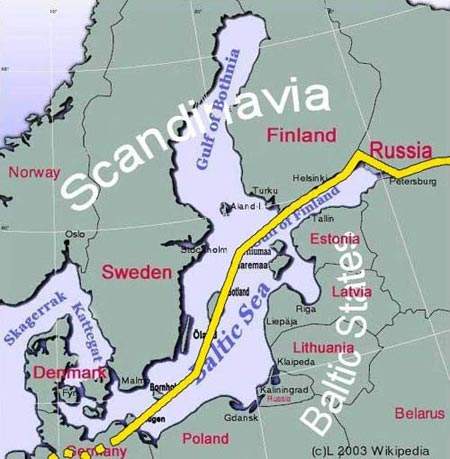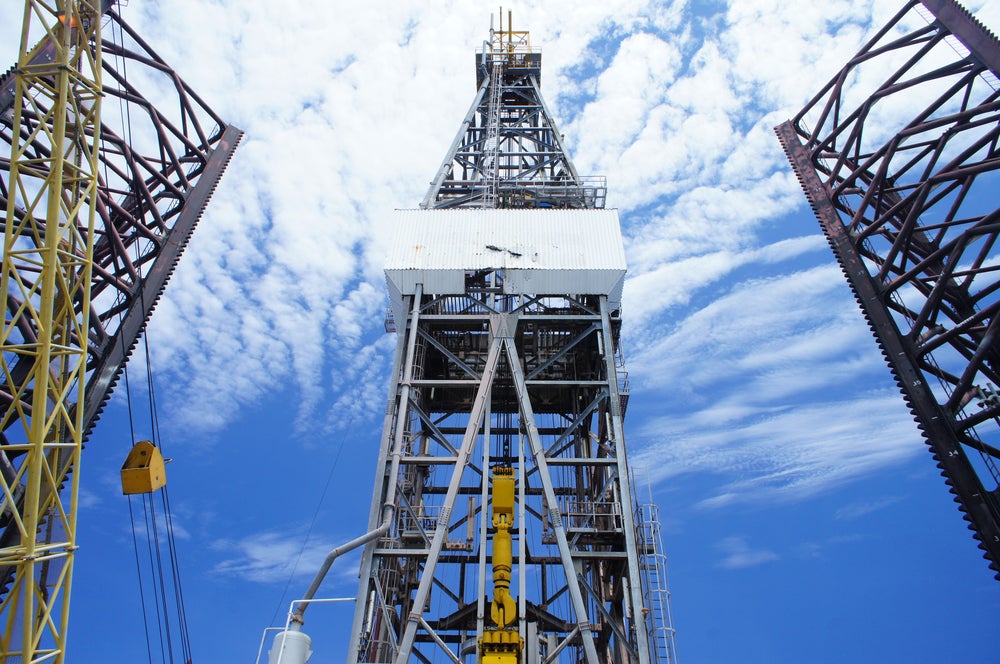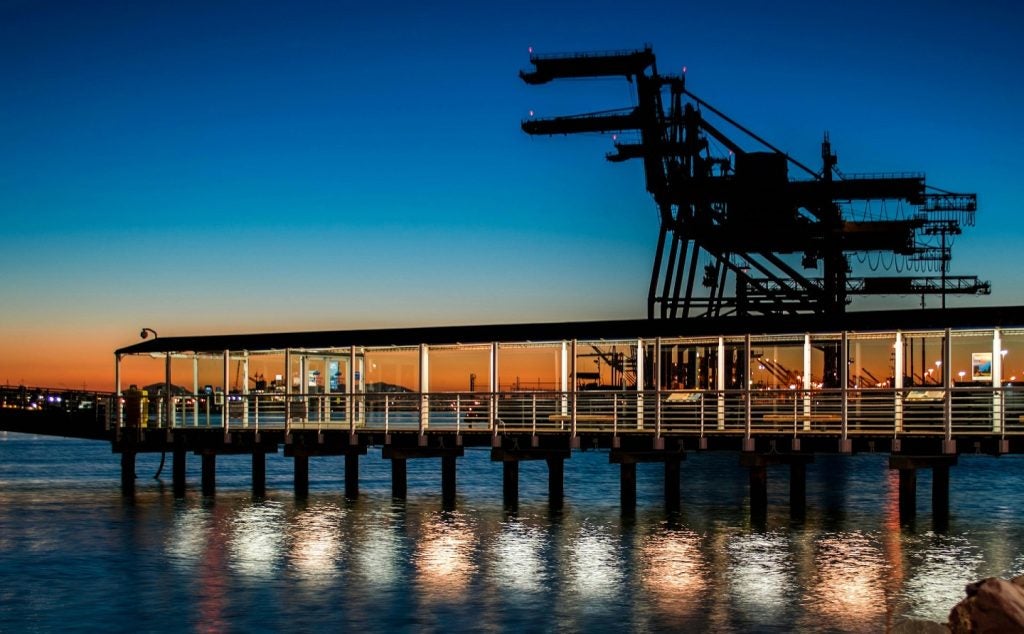
In January 2008, Bulgaria and Serbia signed pipeline agreements to allow Russia to transport gas through their lands. The deals marked the latest development in Russia's South Stream project, which aims to carry 30 billion cubic metres of gas a year along a 900km pipeline under the Black Sea and into southern Europe.
The following month, Germany's RWE Gas Midstream was named as the remaining piece of the jigsaw for the consortium working on the 3,300km Nabucco pipeline. The EU hopes this pipeline will transport 31 billion cubic metres of gas a year from Asia to Europe, easing the problem of over-reliance on Russian stocks.
One project is designed to further Russia's dominance over the European energy market the other to lessen it. Which will be successful?
Is there room for both? And what does it mean for the security of future European supply?
SOUTH STREAM PROJECT
See Also:
The South Stream project was born on 23 June 2007 when Eni chief executive Paolo Scaroni and Gazprom vice chairman Alexander Medvedev signed an agreement to build a gas pipeline from Russia to Italy. The project is a joint venture between the Russian and Italian energy companies, who will split the estimated €10bn cost equally.
How well do you really know your competitors?
Access the most comprehensive Company Profiles on the market, powered by GlobalData. Save hours of research. Gain competitive edge.

Thank you!
Your download email will arrive shortly
Not ready to buy yet? Download a free sample
We are confident about the unique quality of our Company Profiles. However, we want you to make the most beneficial decision for your business, so we offer a free sample that you can download by submitting the below form
By GlobalDataThe pipeline will start at Beregovaya in Russia and travel under the Black Sea, reaching a maximum depth of 2,000m, to Bulgaria. From there the pipe will split, with one half travelling to Italy via Greece and the other passing through Serbia, Romania, Hungary and Austria.
Feasibility studies are expected to be complete by the end of 2008. In the mean time ENI, Gazprom and the governments of Russia and Italy will hold top-level talks with the governments of transit states to ensure they join Bulgaria and Serbia in backing South Stream. It is hoped that the first gas will be transported through the pipeline in 2013.
"This memorandum of understanding is a concrete action aimed at developing a long-term strategic partnership which both ENI and Gazprom will take advantage of," Alexander Medvedev said when the contract was signed. "It is a further step towards the tangible execution of Gazprom's strategy to diversify Russian gas supply routes towards European countries and significantly contribute to Europe's energy security."
NABUCCO PIPELINE
The Nabucco project was conceived in 2002 as the EU's first attempt at forging a common energy policy that would reduce its dependence on Russia. After an EU-funded feasibility study was completed in 2004, the project stalled as the five Nabucco gas pipeline international consortium members, OMV (Austria), MOL (Hungary), Bulgargaz (Bulgaria), Transgaz (Romania) and Botas (Turkey), sought a sixth member before progressing.
The search ended in February 2008 when German company RWE became the sixth and final member. Each partner now owns a 16.67% stake in the pipeline, which is due to run from eastern Turkey to Vienna.
Construction is estimated at €6bn, with 30%-40% of those costs covered by the six consortium members and the rest coming from private or institutional investors. Investment is being sought now with the aim of commencing construction in 2009. It is hoped that ten billion cubic metres of gas will be able to be transported annually by 2013, rising to 31 billion cubic metres by 2018 when the second phase is complete.
"The basis of Nabucco is to bring gas to Europe from new suppliers," EU Energy Commissioner Andris Piebalgs said prior to RWE's appointment. "We are well on track, but these big projects never materialise as fast as you wish. There are a lot of factors involved."
SUPPLY SECURITY
The race to build new pipelines across Europe was triggered by Russia's dominance of gas supply and the resulting fears over security.
When Russia, which currently supplies a quarter of Europe's gas, turned off the tap to the Ukraine in 2006 after a dispute over price rises; it set alarm bells ringing around Europe.
"It was a wake-up call for European governments and the consequence of 30 years of incoherent energy policy," says Andrew Neff, senior energy research analyst at Global Insight. "Gas has almost by default become the main source of energy and the Ukraine dispute highlighted not only Europe's reliance on Russian gas but also the fact that the Ukraine, through which 80% of Russia's export gas to Europe flows, is not a stable supply route.
"The Nord Stream between Russia and Germany is perhaps a pointer to the future. It is a partnership from wellhead to consumer so both sides lose out if you cut supply. It shows that by closer integration, you can head off disagreement."
POLITICS
The EU and the US fear that Gazprom is increasingly becoming a Kremlin-controlled puppet acting to support Russian foreign policy. Pricing disputes with neighbours the Ukraine, Moldova and Georgia all came at times of political tension and the west fears Russia repeating these tricks on a bigger scale once it has further control over Europe's gas supply.
In October 2007 US Secretary of State Condoleeza Rice said, "No interest is served if Russia uses its great wealth, its oil and gas wealth, as a political weapon." Is that what the Russians are doing with South Stream? Is Nabucco vs South Stream a political as well as an economic battle?
"It is impossible to argue that Gazprom is not political," says Andrew Neff. "But it is perhaps not political in the way European governments think it is. Gazprom is Russia's single export channel and a massive contributor to tax payments. It would be political suicide to ignore that. Is Gazprom a tool of foreign policy? Yes and no.
“Energy and foreign policy are intertwined in Russia. There is a better alignment of policies than in Europe."
"Part of the problem between Russia and the Ukraine is political," says Jonathan Stern, director of gas research at Oxford Energy. "Russia has lost confidence in the Ukraine as a transit state and that is partly a political statement. For Nabucco, the diversification of supply idea is a reflection of the deteriorating relationship between Russia and the rest of Europe. The idea that gas from outside Russia will be more secure is a purely political argument."
FINANCES
In the nine months leading up to 30 September 2007, Gazprom made a pre-tax profit of 611 billion roubles (£13bn). In 2007 the company produced 549.6 billion cubic metres of gas, 153.67 billion cubic metres of which was exported to Europe. So does it follow that if South Stream comes on stream Russian profits will soar and if Nabucco comes on stream they will fall?
"South Stream would obviously increase Russia's stranglehold on Europe and therefore make Gazprom richer but additional supplies will not necessarily stop people taking gas from Russia," says Andrew Neff. "European gas prices are dependent on oil indexation. Nabucco could potentially reduce Russia's market share without affecting its profits."
EUROPEAN OIL'S OUTLOOK
In a bizarre twist Reinhard Mitschek, managing director of Nabucco Gas Pipeline International, announced in February that the pipeline that had been feted as the answer to Russian gas dependence, would consider working with Gazprom.
"Russian gas will feed into Nabucco," he said. "Diversification has two angles – diversification of gas sources and diversification of gas transportation routes. I can imagine Russian gas being fed into our pipeline."
The dramatic turnaround was inspired by a desire just to get something running through the Nabucco pipes and Gazprom's political manoeuvrings – at a stroke the announcement of South Stream fulfilled the EU's requirement of a more diverse energy supply whilst at the same time shackling them even more to Russia's gas stocks.
"In the short term, Nabucco needs supplies to make it economically viable," says Andrew Neff. "It needs the infrastructure in place so that later on they might be able to transport Iraqi or Iranian gas through the pipes. But once Russian gas is running through the pipes, how easy would it be to stop it? Especially if they became an equity stakeholder."
Jonathan Stern is more sceptical about the possibility of Russian gas filtering through Nabucco.
"They've said they will allow Russian gas through the pipeline because they haven't got enough other gas to make it work.
“But why would the Russians want to put their gas through Nabucco? They've got Blue Stream, Nord Stream and they will have South Stream. I don't see where the gas is coming from for Nabucco. By 2015 things might have changed but until then, I can't see them having enough gas."
Whether or not Nabucco ends up going back on its original purpose and allowing Russian gas through, the proposed pipelines would certainly satisfy European demands for a more diverse energy supply and would both cut out the troublesome transit state of the Ukraine. But the multi-billion-Euro question remains: who is going to win the race? South Stream or Nabucco?
"Everyone is trying to turn this into a Nabucco vs South Stream argument and it is not," says Jonathan Stern. "South Stream is going to go, because it has gas, markets and finance. If Nabucco ever gets all three, it will go as well."
"I think at the moment South Stream is ahead but both are likely to happen in the longer term," says Andrew Neff. "South Stream has the momentum but I think that, if it beats Nabucco to construction phase, the EU has to press ahead and build it anyway. Without it, they will never even have a chance of getting diversification from Russian gas supply."





